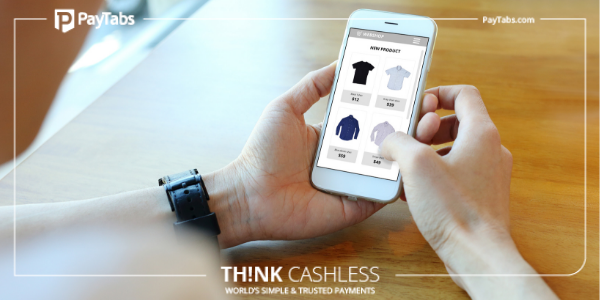Top Tips to keep your Customers Engaged

Customer engagement is a critical function for any enterprise and is required for taking the business to a new level. It defines the relationship between your clients and your company. With increasing consumer awareness, the businesses are now required to be more proactive in engaging their customers. A successful business needs to anticipate its customers’ requirement and provide them with an appropriate experience. However, it is important to not only engage customers once, but also to keep them engaged for long, so as to build a loyal client base. Here are the top tips to help you achieve this target.
- Know your Market: In order to create a memorable experience for your clients, it is vital that you know your target market inside out. You need to identify the defining features of your clients, so as to design customer oriented engagement strategy. You can use analytics for this purpose as the thorough analysis of traffic to your website may provide deep insights. The key is to know the factors which motivate your target market to make a purchase decision. Once you have identified your desired client segment and their features, you can modify your existing strategies or design new ones to attract these clients. It also helps to personalize the experience for clients so as to give them a sense of exclusivity.
- Use Social Media: The advent of social media has been both a blessing and a challenge for businesses. But with just a little attention and careful administration, you can use social media to create meaningful experience for your clients. Social media is one of the best channels to share your story with your target market. This strategy comes with an added human touch and thus is able to have a deeper impact. Make sure you are using relevant images and videos to further reinforce your message. Social media websites and apps may also act as a platform for your clients to interact with each other. As word of mouth is one of the best kinds of promotional strategies, do not overlook this opportunity.
- Personalize the Experience: Personalized interactions help businesses build more a sustainable relationship with their clients. While it is vital to understand the entire market, it is equally important to strive and provide a unique experience to individual customers as well. You can do this by adding more dynamic content to your messages. For example, the messages may be coded in such a way that they are addressed to individual clients by their names. Businesses may also approach their clients at a more personal level by sending them auto generated birthday or other relevant anniversary mails. Such interactions may also provide you with valuable data which may be mined for providing better products and services to your clients.
- Make the Entire Team Work: Customer engagement is not a task that can be solely entrusted to your marketing team. In fact, for providing a holistic experience to your customers, it is advisable to engage your entire team. The team may include people from diverse departments including customer care section. The strategy for engaging customers should move beyond mere selling or marketing of goods and services. The businesses need to adopt customer centric approach so that they are in tune with ever changing customer preferences. Once you have your finger on your customers’ pulse, you can design an immersive experience for them.
- Use Analytics: While businesses should aim to create a human bond with their customers, the use of new technologies may also enhance the overall performance of strategies. Analytics will help you mine the data in a more structured manner and may provide you with information which may otherwise not be collected. There is a wide range of analytics tools available these days, which can meet all your budget constraints. These tools can help you in building dashboards and generating reports. You should also note that analytic tools are not only quantitative in nature but may also be qualitative.
Customer engagement is all about creating new ways to remain in touch with your client base. This may require creative thinking and substantial investment in resources. However, properly designed customer engagement strategies can provide a substantial boost to your top line growth.




